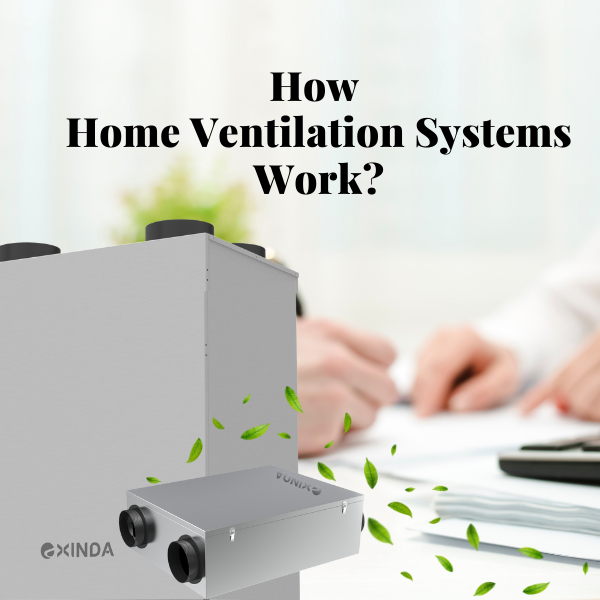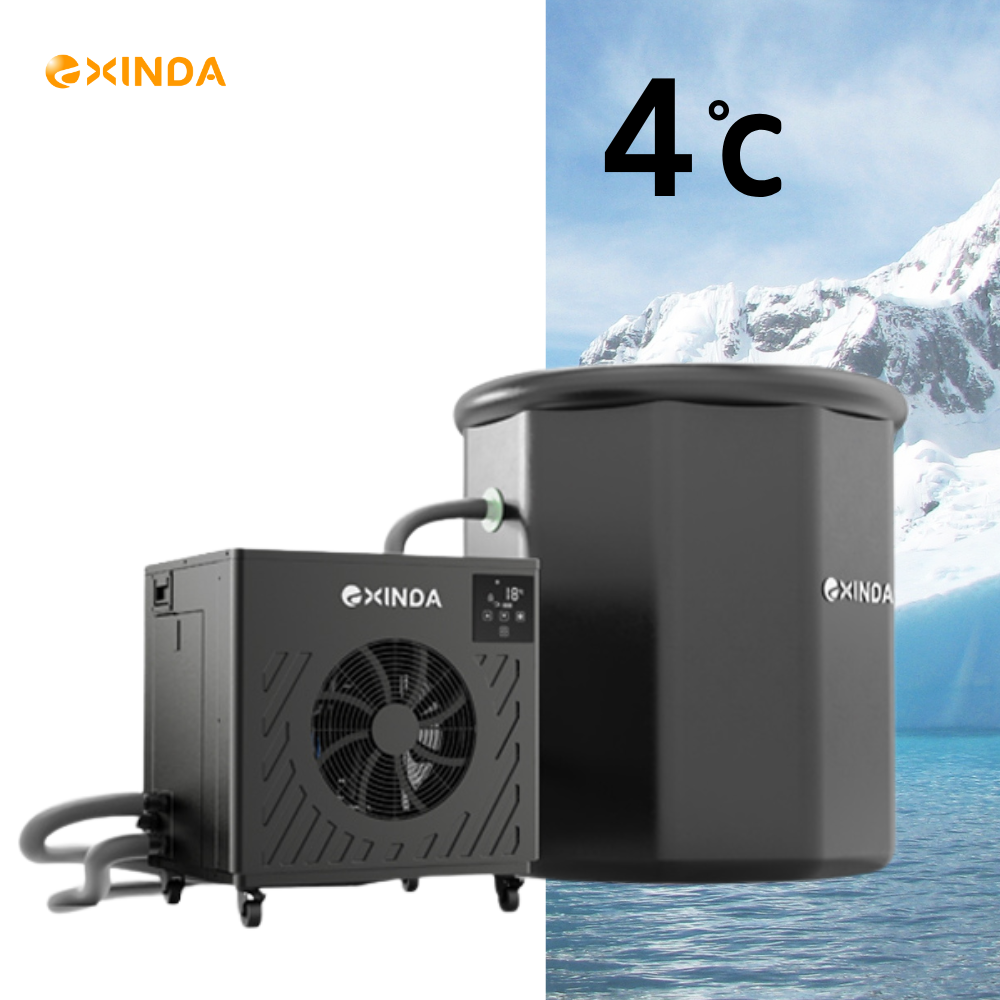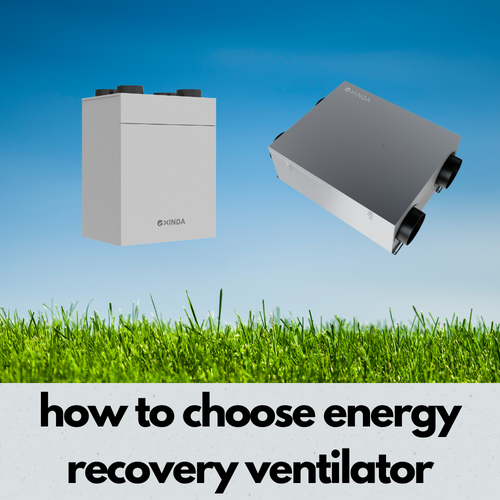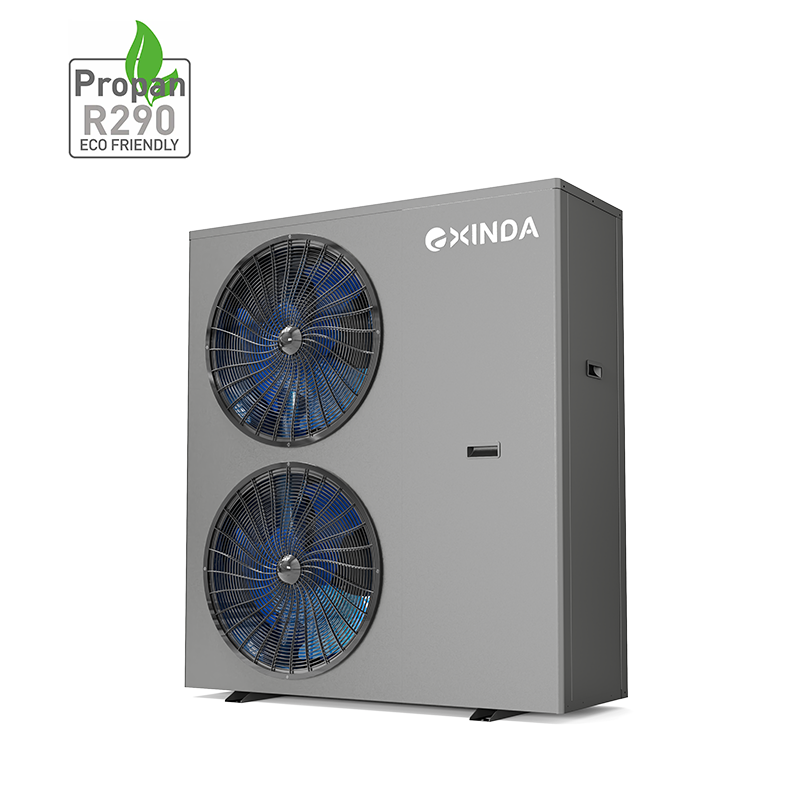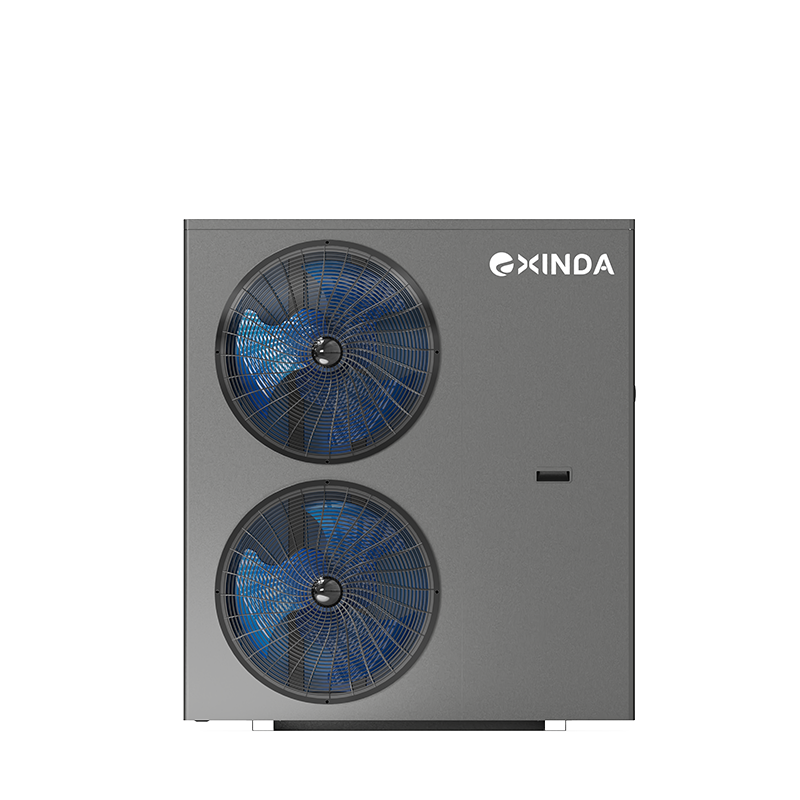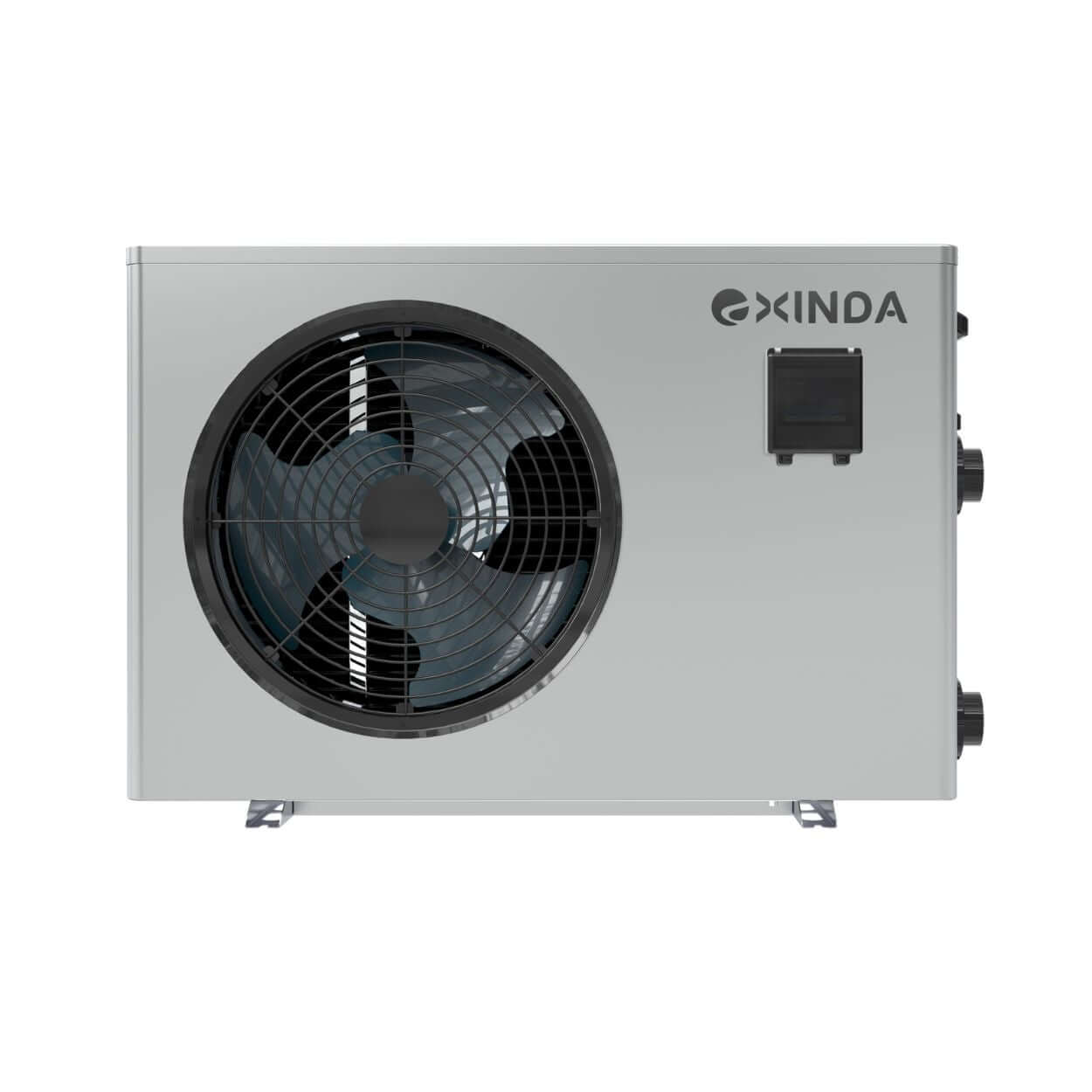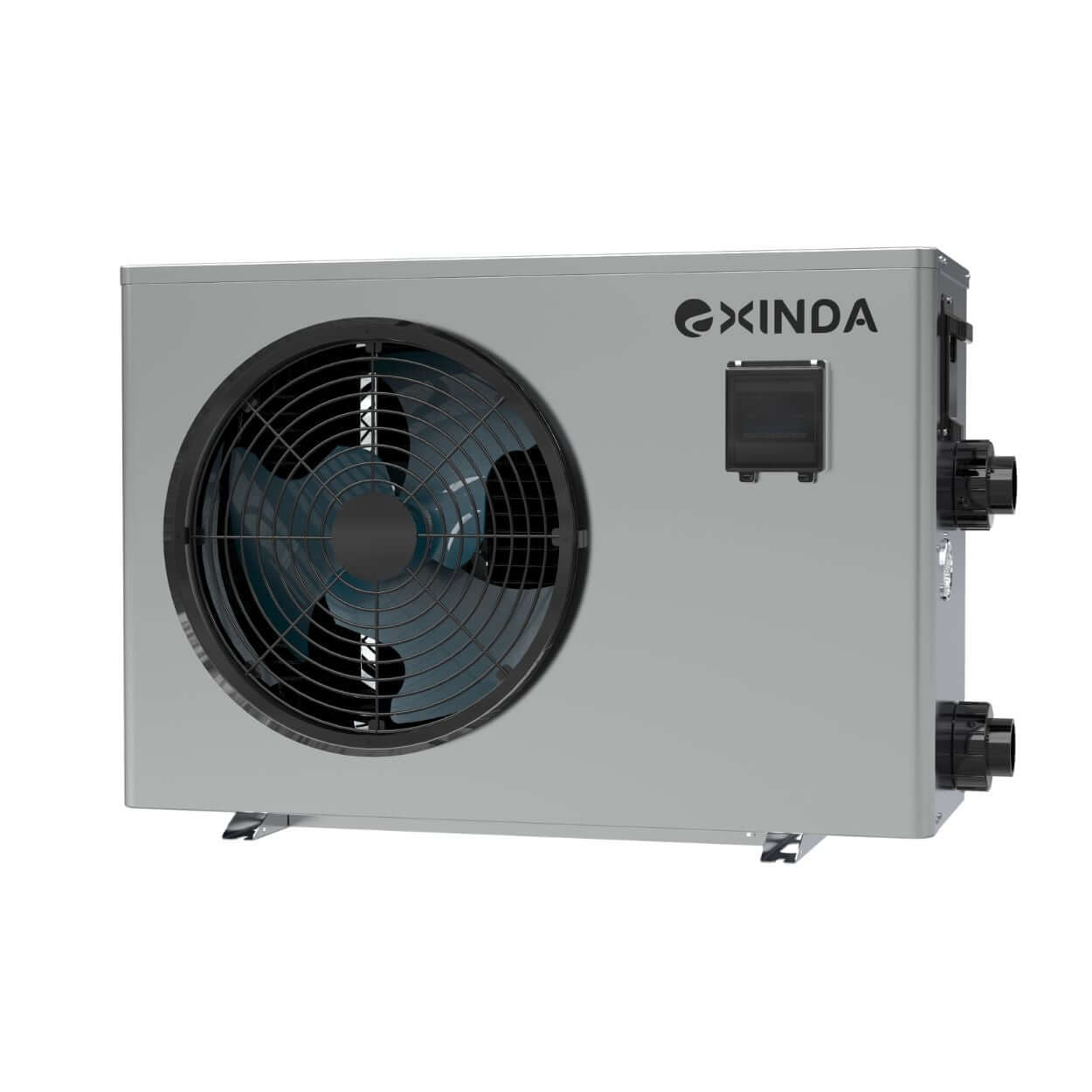
What is a Home Ventilation System?
A home ventilation system is designed to circulate fresh air throughout your home while expelling stale air.
It consists of various components such as fans, ducts, and Exchangers...
Like Heat Recovery Ventilation and Energy Recovery Ventilation, they could help in maintaining indoor air quality.
Why Indoor Air Quality Matters
Indoor air can be more polluted than outdoor air, affecting our respiratory health. The ventilation systems, including central device, HRV, and ERV, would help you to remove pollutants, like dust, allergens, and volatile organic compounds (VOCs), improving your air quality and reducing health risks.

Types of Home Ventilation Systems
There are several types of ventilation systems
|
Ventilation System Type |
Description |
Ideal Use Cases |
|---|---|---|
|
Exhaust Ventilation |
Removes air from specific rooms such as bathrooms and kitchens, expelling stale air to the outside. |
Rooms where humidity and odors need to be removed. |
|
Supply Ventilation |
Brings fresh outdoor air into the home, ensuring a continuous supply of fresh air. |
Homes in urban areas or places with poor outdoor air quality. |
|
Balanced Ventilation |
Combines exhaust and supply methods to achieve balanced airflow throughout the home, improving overall air quality. |
Homes require consistent airflow without pressure imbalances. |
|
Central Ventilation Device |
Control and distribute air centrally throughout the home, ensuring efficient air circulation and management. |
Larger homes or buildings needing uniform air distribution. |
|
Heat Recovery Ventilator (HRV) |
Transfer heat from outgoing air to incoming air during winter, reducing energy loss and maintaining indoor temperature. |
Cold climates where retaining indoor heat is crucial. |
|
Energy Recovery Ventilator (ERV) |
Transfer both heat and moisture between incoming and outgoing air streams, preserving indoor humidity levels and reducing energy consumption. |
Homes experiencing both hot and cold seasons, balancing indoor comfort. |
Main Parts of a Ventilation System
Key components include
- Fans Move air through the system.
- Ducts Distribute air throughout the home.
- Filters Trap particles like dust and pollen.
- Heat/ Energy Recovery Units Improve energy efficiency by transferring heat or moisture between air streams.
Energy Efficiency in Ventilation Systems
Modern ventilation systems are designed to be energy-efficient, reducing heating and cooling costs. HRV and ERV recover energy that would be lost, making environmentally friendly choices for homeowners.

Choosing the Right Ventilation System
Selecting the best system depends on your factor, such as your home size, climate, and budget. Consultation with a professional would help you decide the most suitable ventilation solution for your specific needs.
Interested in learning more? Explore our detailed guides or consult with our experts to find the ideal solution for your needs. Click here to delve deeper! Leave your contact information for personalized advice—we'll reach out shortly!
Home Ventilation Installation Guide
Exploring the various types of home ventilation systems to understand which one is suiting your indoor air quality needs?
Here are some Installations for you
|
Installation Step |
Description |
|
Assessment |
Evaluate your home's ventilation needs to determine the most suitable system. |
|
Installation |
Properly fit the chosen ventilation system into your home's existing infrastructure. |
|
Testing |
Ensure the installed system operates efficiently and effectively to meet performance standards. |
If you wanna install a home ventilation system, this table format will tell.
Maintenance Tips for Ventilation Systems
Follow these essential steps to ensure your home ventilation system is installed correctly and efficiently. And this guide ensures optimal airflow and air quality throughout your living spaces.
|
Maintenance Task |
Description |
|
Filter Replacement |
Regularly replace filters to ensure they are clean and effective in maintaining indoor air quality. |
|
Duct Cleaning |
Periodically clean ducts to prevent blockages and maintain smooth airflow throughout the system. |
|
Fan Check |
Regularly inspect and ensure fans operate smoothly to optimize performance and energy efficiency. |
Is the Ventilation System Worth the Cost?
Investing in a home ventilation system provides long-term benefits for your health and comfort. Improved indoor air quality enhances overall well-being, potentially reducing your healthcare costs associated with respiratory issues.

Conclusion
Understanding and implementing a home ventilation system is crucial for a healthier home environment.
You can enhance your indoor air quality by Central Ventilation Device, HRV,or ERV to reduce respiratory risks and improve overall well-being.
Click here to start transforming your home with cleaner, fresher air now!
About Exinda


